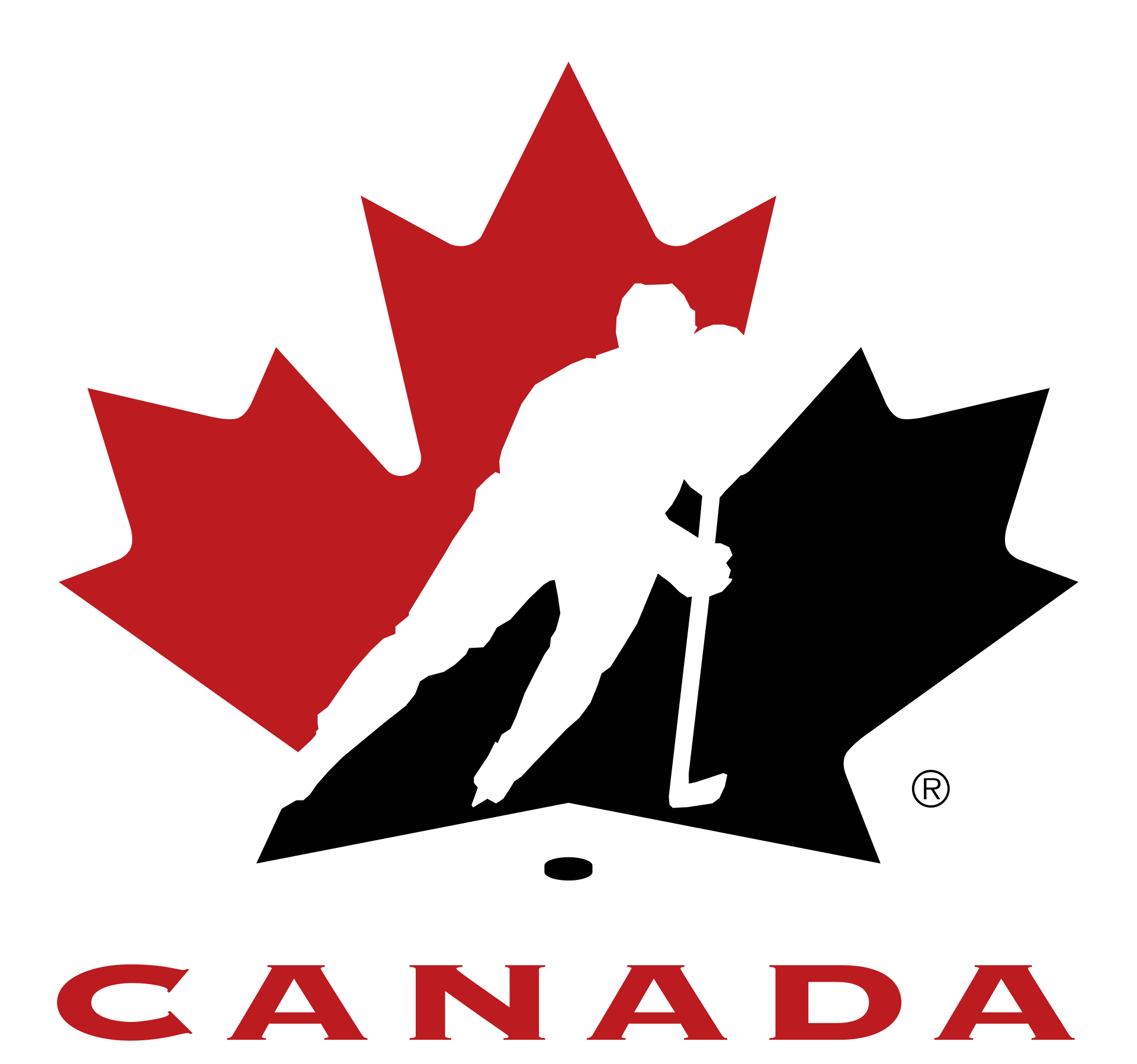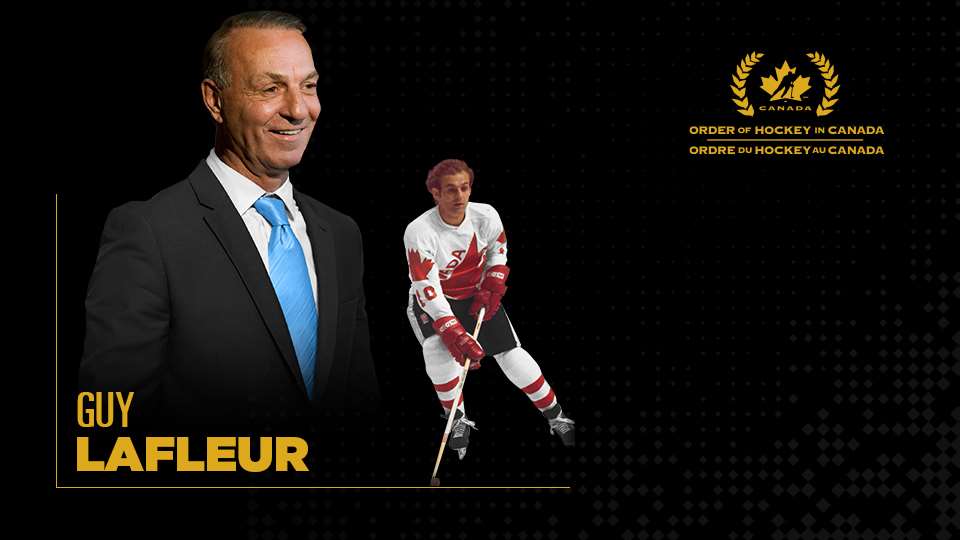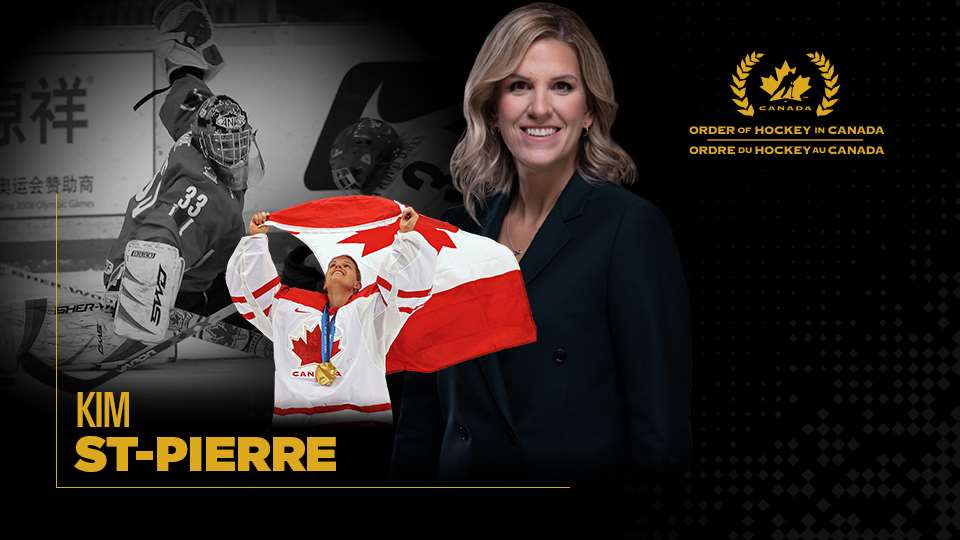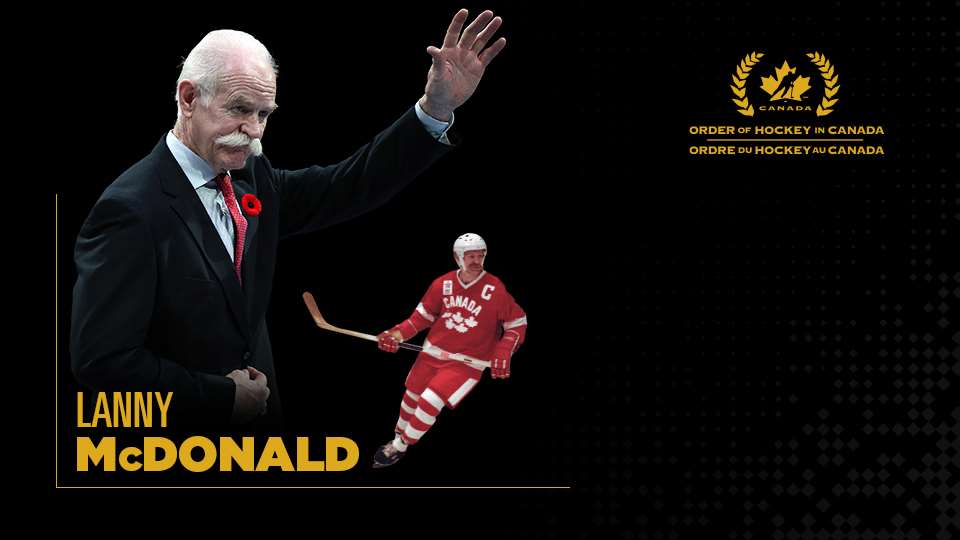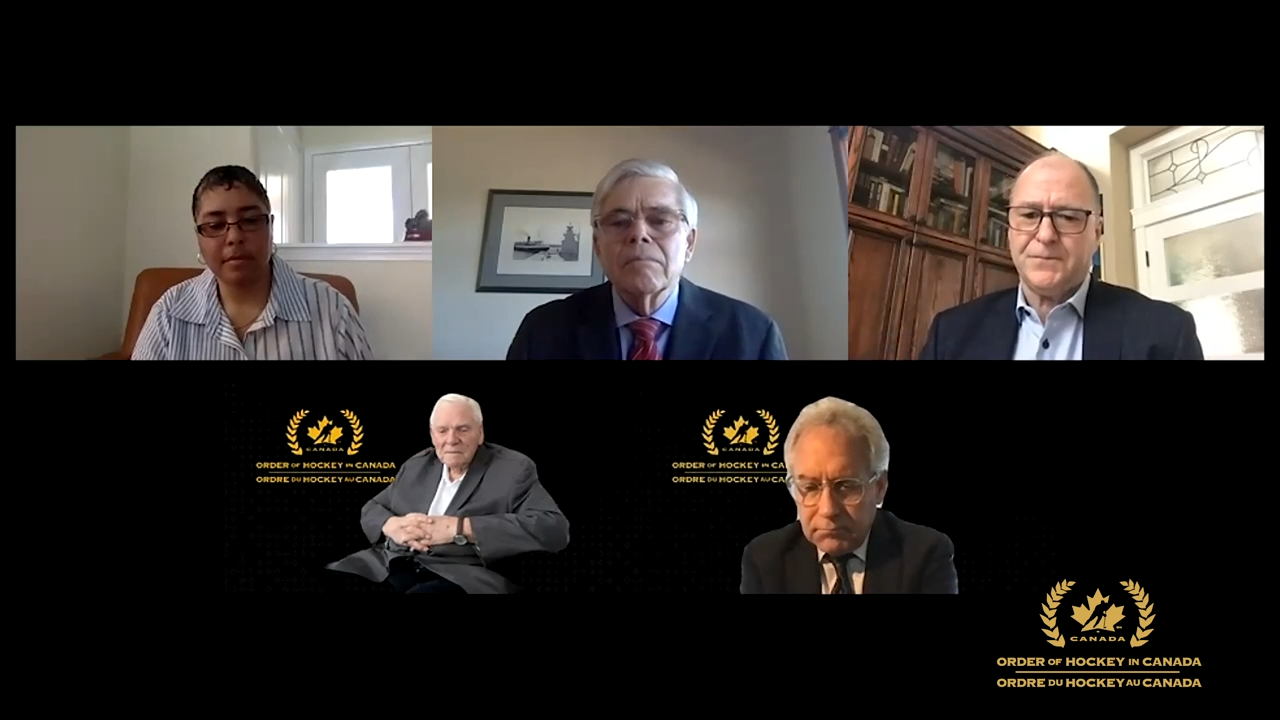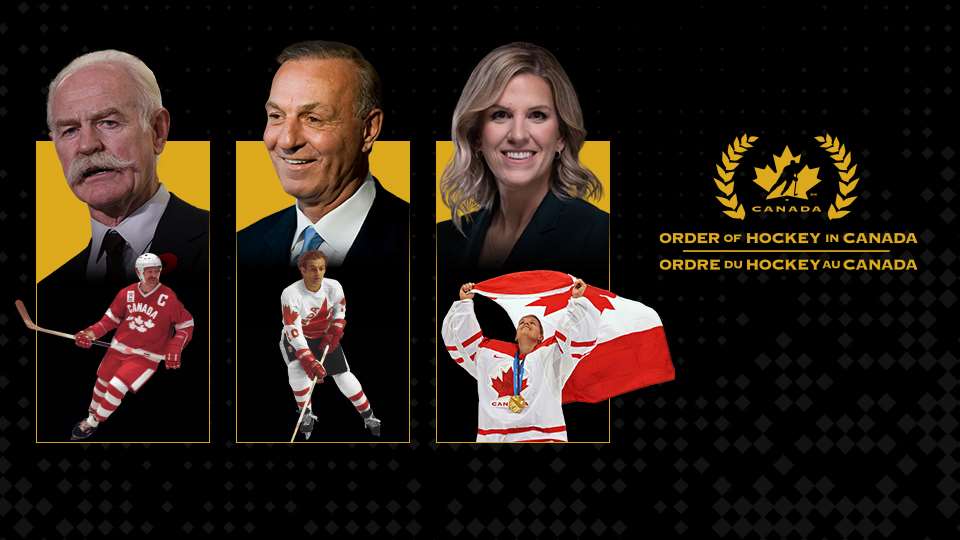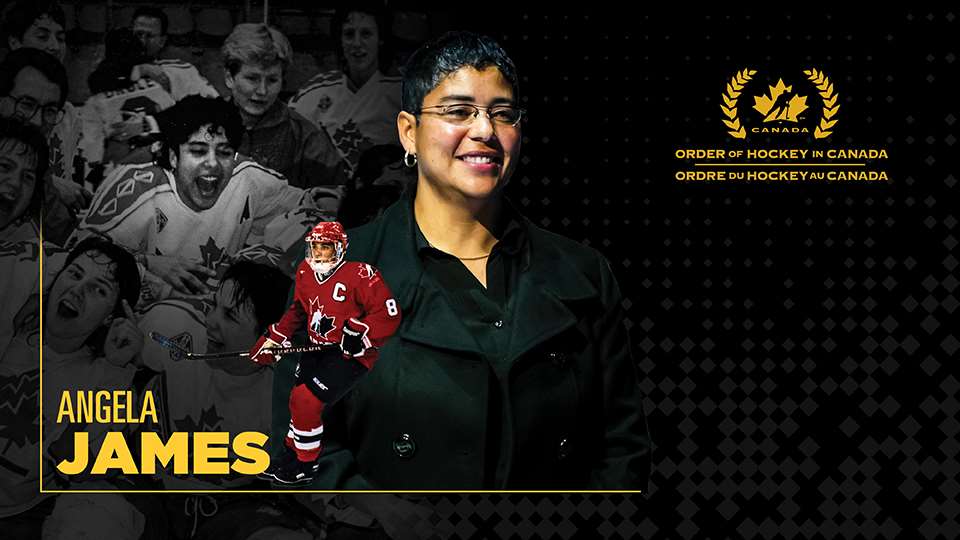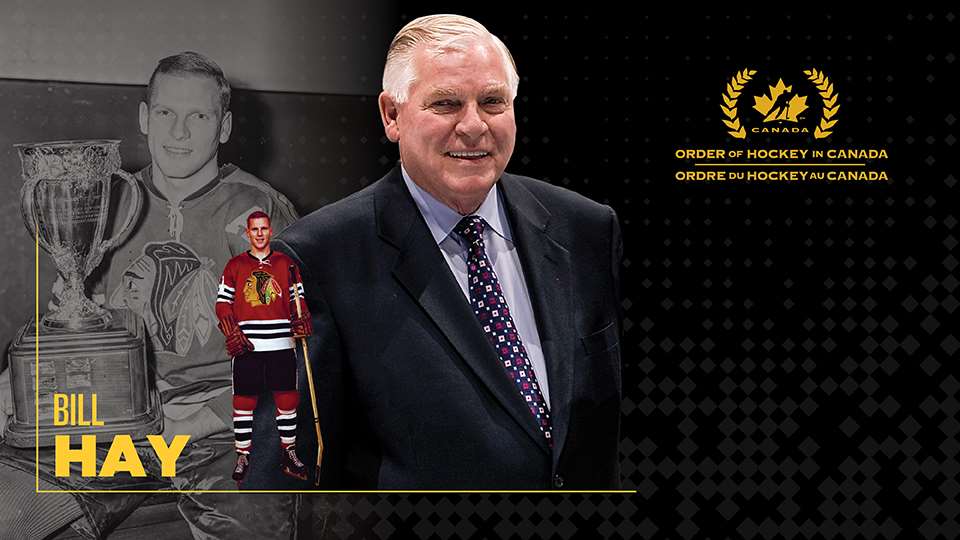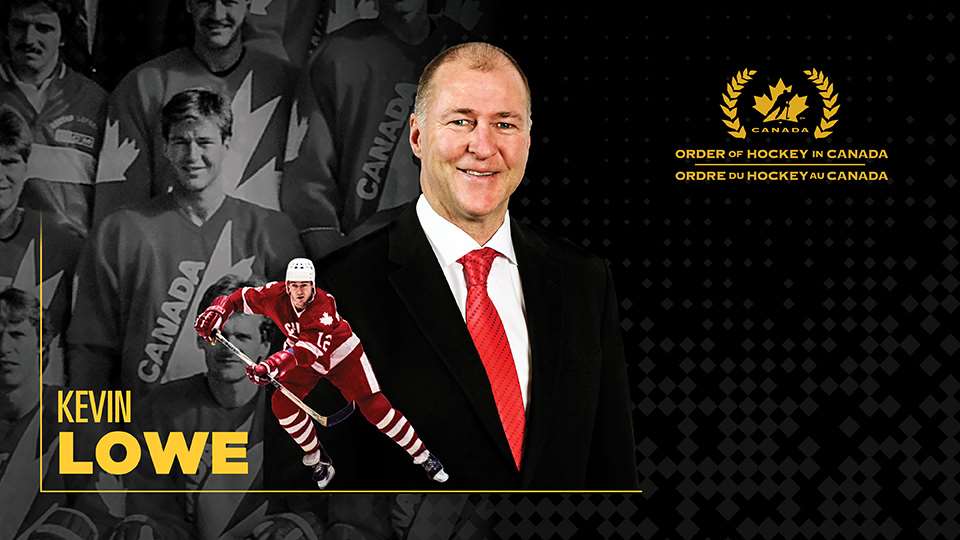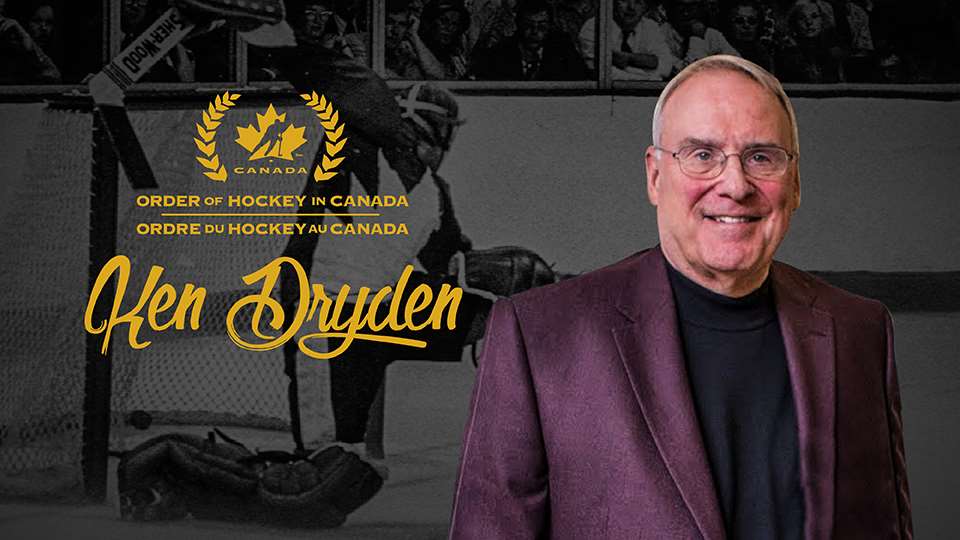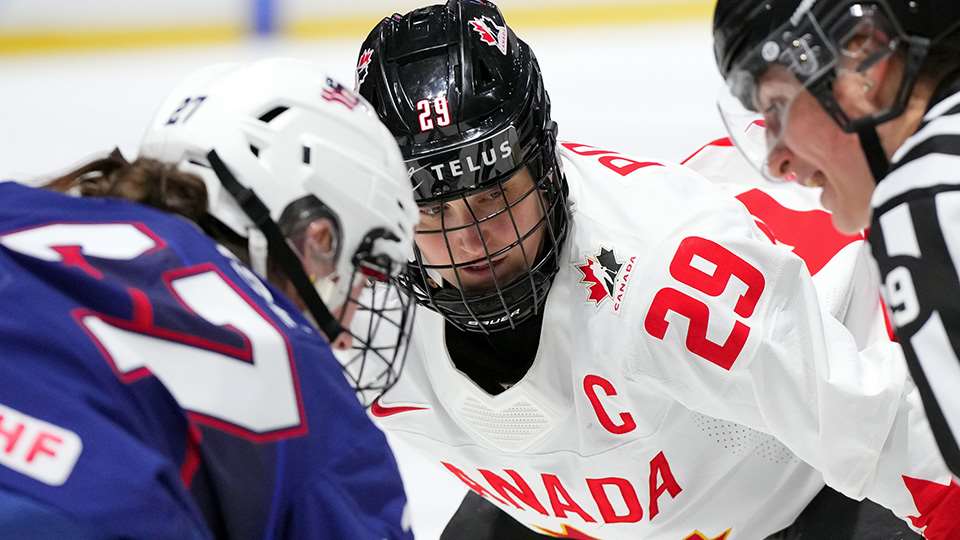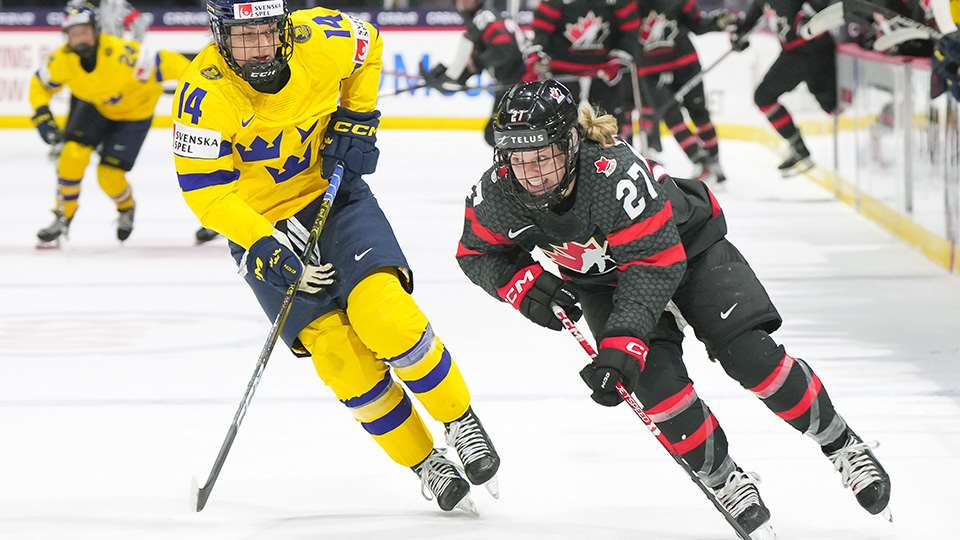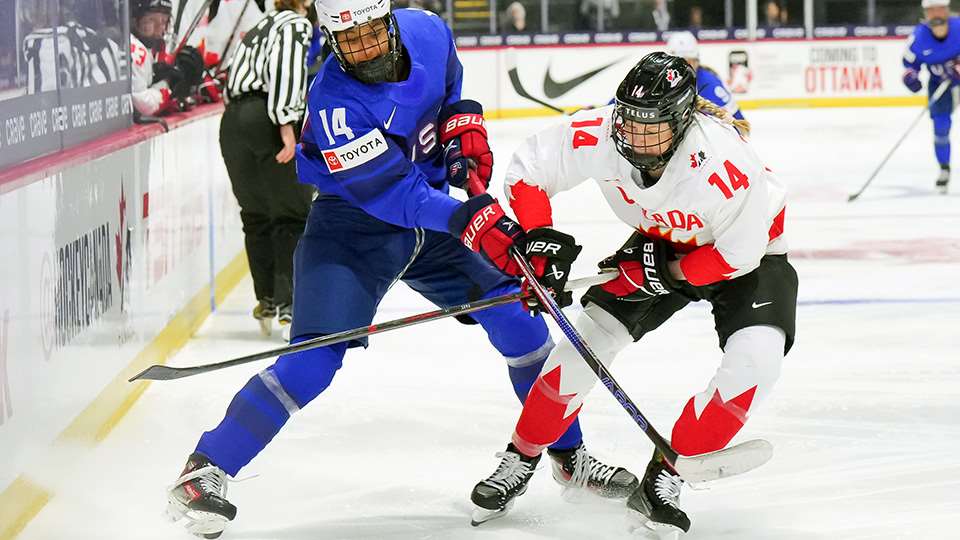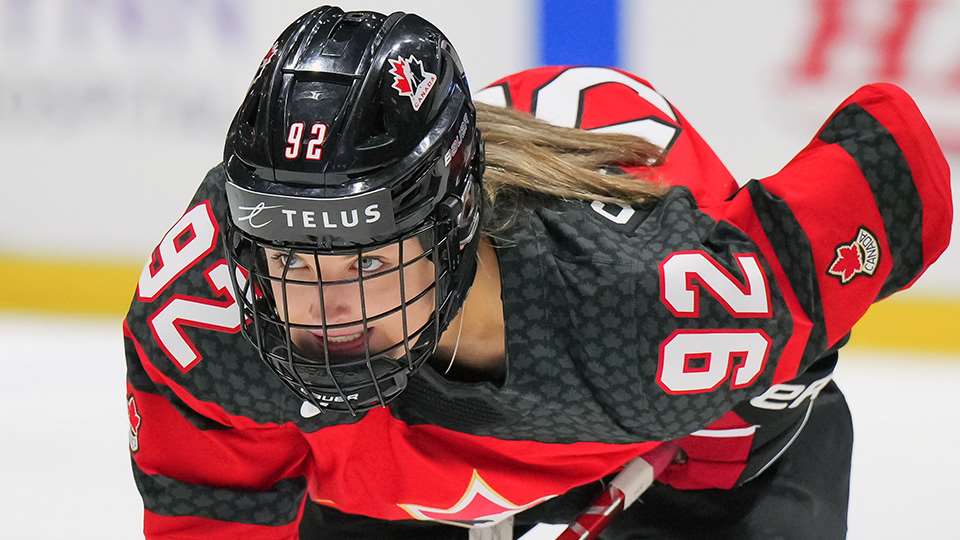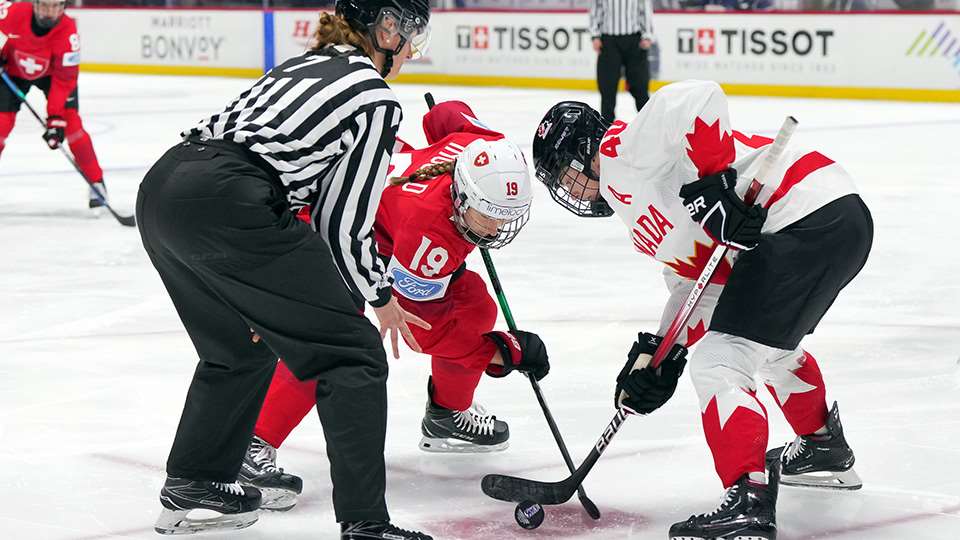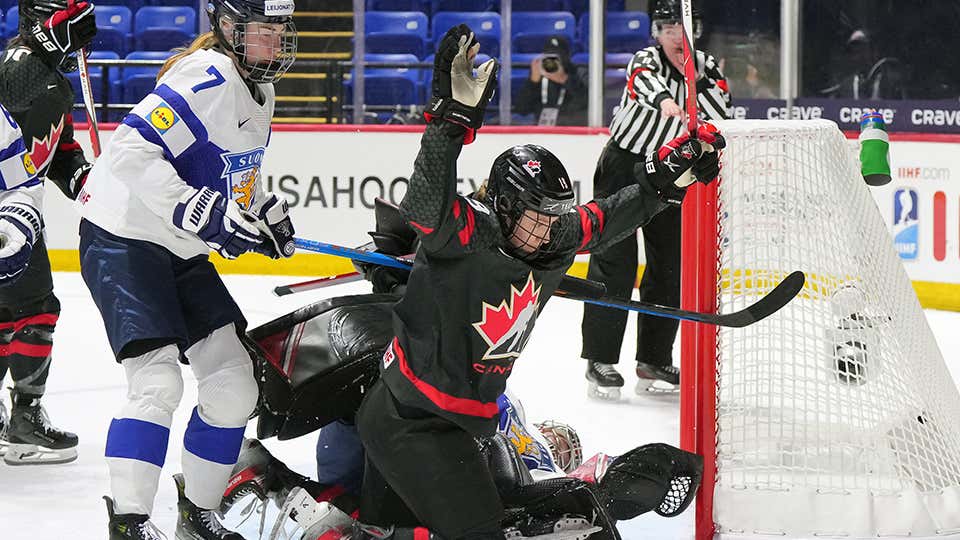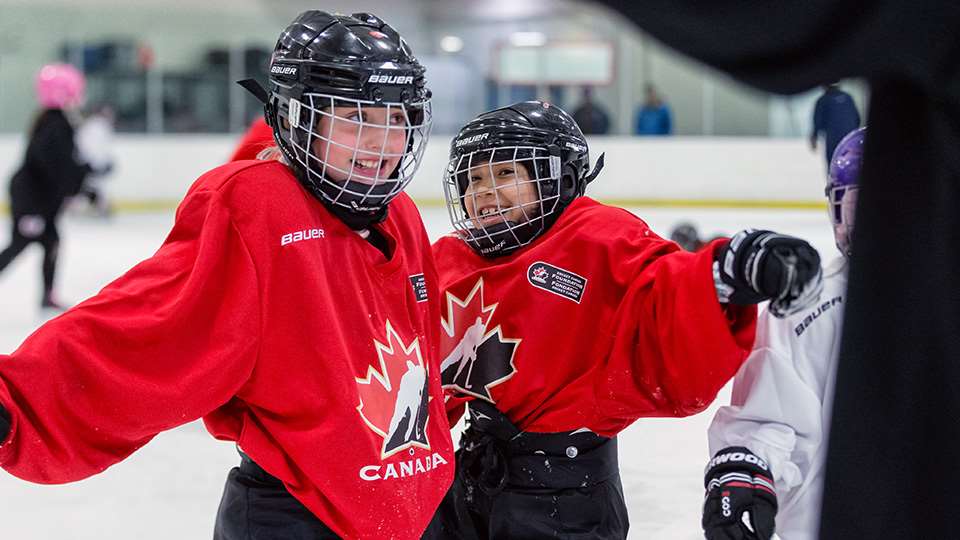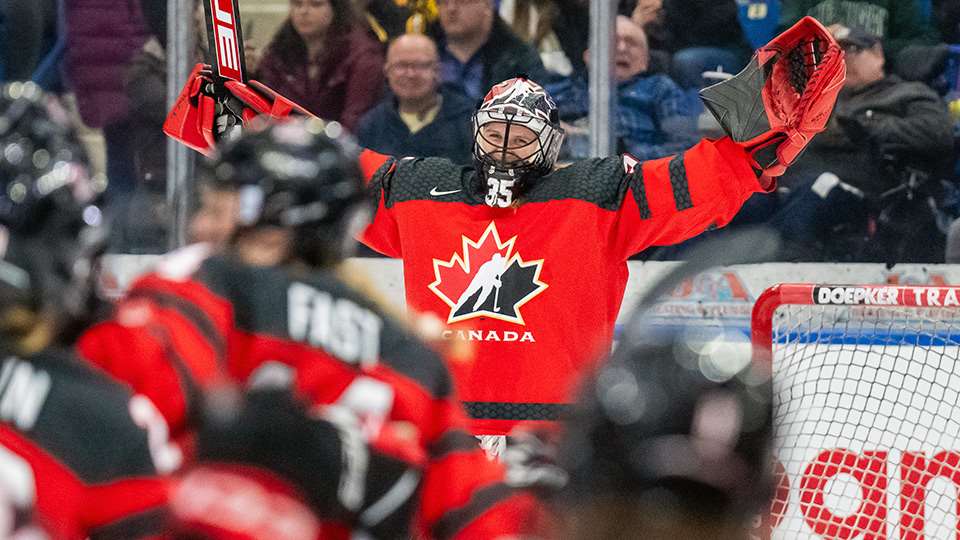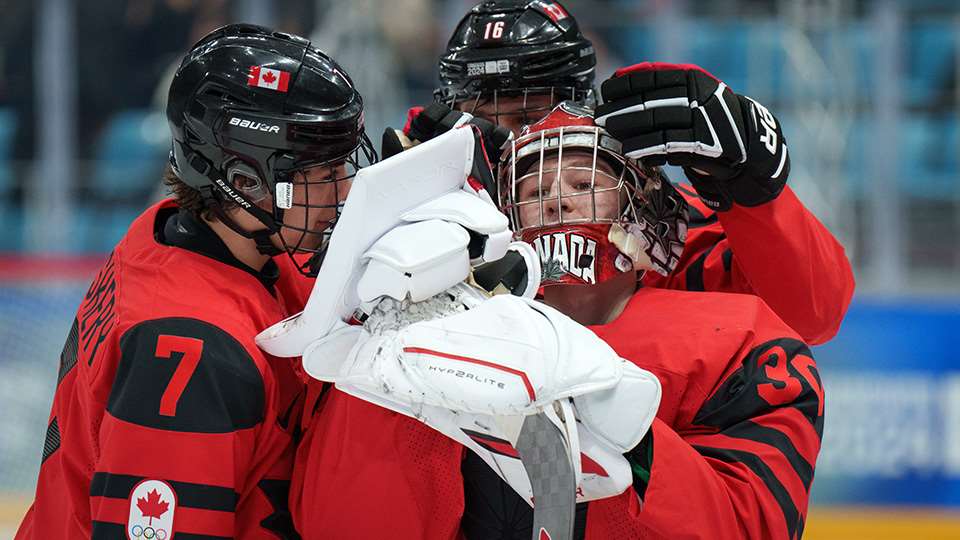
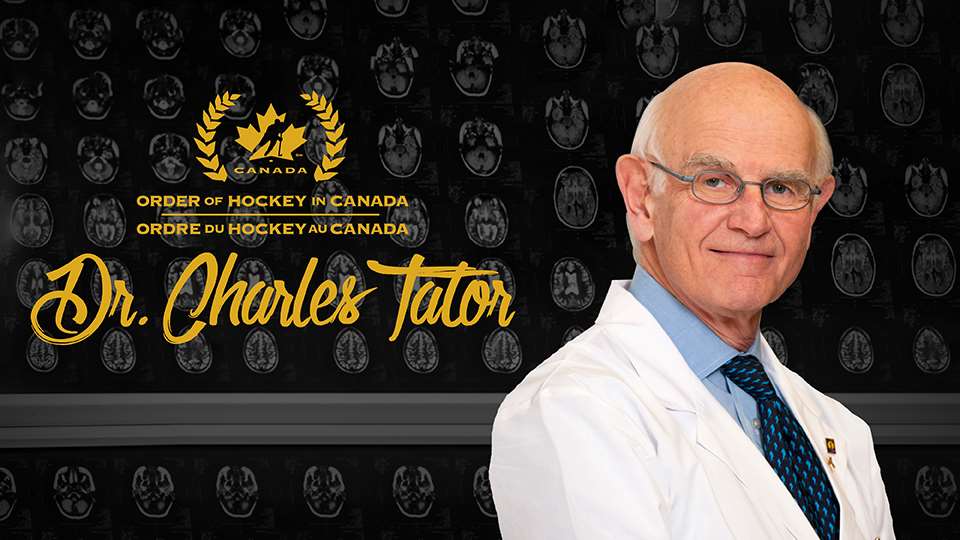
The work never stops
Dr. Charles Tator is a staunch advocate for injury prevention in the game thanks to his work in spinal cord injuries and concussions

Dr. Charles Tator remembers winters in his childhood being so cold he could skate to school with his friends, and the janitors would build rinks in the playground for games before and after class. Hockey was a way of life for Dr. Tator in the 1940s and, like many his friends, he was a big fan of the Toronto Maple Leafs and enjoyed going to their games as a teenager. Though his seat was better than most.
By sheer luck, the Toronto native lived beside the Maple Leafs official photographer, and by the time Dr. Tator was in junior high school, Lou Turofsky would take him to games and use him as a ‘bulb boy.’
“So I carried a bag of bulbs and … he’d give me the hot old bulb he had just used and I’d put it in one part of the bag and give him a fresh one,” Dr. Tator says, adding there might be 100 or more photos taken in a single game – with a fresh bulb needed for each shot.
“Imagine meeting Syl Apps, Ted Lindsay, people of that caliber and having your picture taken with them!”
It was a dream childhood for a hockey fan, playing on true outdoor rinks and meeting your idols. But for Dr. Tator, one of his most recent realizations of that time is he can’t remember more than one serious injury from playing. And the one he does, was a friend missing a slap shot, losing his balance and breaking his arm.
“The most amazing thing, in all my years of playing hockey … nobody ever got hurt. But yet when I started my practice, I treated several players who broke their necks playing hockey,” he recalls. “It was so horrible for me to have to look after young people who were playing the sport they loved, playing the sport I loved, actually ending up in wheelchairs.”
Dr. Tator graduated from the Faculty of Medicine at the University of Toronto in 1961 and four years later had his master’s degree and PhD. In 1969, he became a Fellow of the Royal College of Physicians and Surgeons of Canada, the beginning of an illustrious career specializing in spinal cord injuries. While he knew he’d be seeing patients with serious injury in his practice, he never imagined those would be children playing hockey.
“When I saw how many kids were ending up in wheelchairs I decided, as they say, to go up stream and see what was doing this,” he says.
His research would lead to one simple conclusion – checking from behind was the main cause of broken necks in hockey. It was a finding that would drastically alter the way the game was played with the introduction of new penalties.
“The medical community is one of the most important partnerships we have in keeping the players safe and healthy and (Dr. Tator’s) impact on hockey is felt every time somebody steps on the ice,” says Fran Rider, 2017 Order of Hockey in Canada recipient. She believes Dr. Tator has saved hundreds of lives and preserved the quality of life for countless more, having witnessed the reduction of severe injuries firsthand as the president and CEO of the Ontario Women’s Hockey Association.
“Once we identified you could break your neck if you got pushed into the boards from behind, it led to Hockey Canada developing a specific rule against checking from behind,” Dr. Tator explains, adding there was immediate buy-in at the national level, but spreading the word to grassroots players would prove to be more challenging.
Needing a bigger platform to share his findings, Dr. Tator established an injury prevention program called Smart Hockey, which would become part of Parachute Canada. He has a seat on the board of directors to this day. He also founded ThinkFirst Canada in 1992, another group with a mission of injury prevention. For those involved with minor hockey, the ‘STOP’ signs on the back of all jerseys is a legacy of Dr. Tator’s educational work.
But the work didn’t stop there. Another serious injury was emerging in contact sports and Dr. Tator quickly became involved in concussion research, identifying how athletes get concussions and how to recover from them. Though he says the real challenge is the work of prevention.
“As a neurosurgeon, I have seen the difficulties of putting the pieces back together again after the event,” Dr. Tator explains. “So, we [need do to more to enforce] the rules, because in some cases the pieces are so far apart you can’t put them back together again and patients are left with significant disability.”
Although nearly 85 years old, Dr. Tator doesn’t believe his work is done. He continues to advocate for country-wide concussion legislation, similar to Rowan’s Law in Ontario, and believes hockey would be a safer game with the complete elimination of fighting.
“Yes, I am happy with what’s been done but we should be able to do more, and I think that concussion legislation is something that will move injury prevention higher on the agenda of what is important to kids, coaches and parents,” he says.
Rider recognizes change can be difficult but believes in the injury prevention message of Dr. Tator as he looks to improve the lives of individuals and the whole hockey-loving community.
“It was so inspiring to work with him at the top of his field in the medical profession and also that he was such a kind and caring person that he truly wanted to help each individual,” Rider says of Dr. Tator’s work. A sentiment echoed by the good doctor himself.
“I would like to save the game so that other kids can enjoy it as much as I enjoyed it … and by Hockey Canada recognizing me, I think it’s part of saving the game.”
For more information: |
- <
- >















